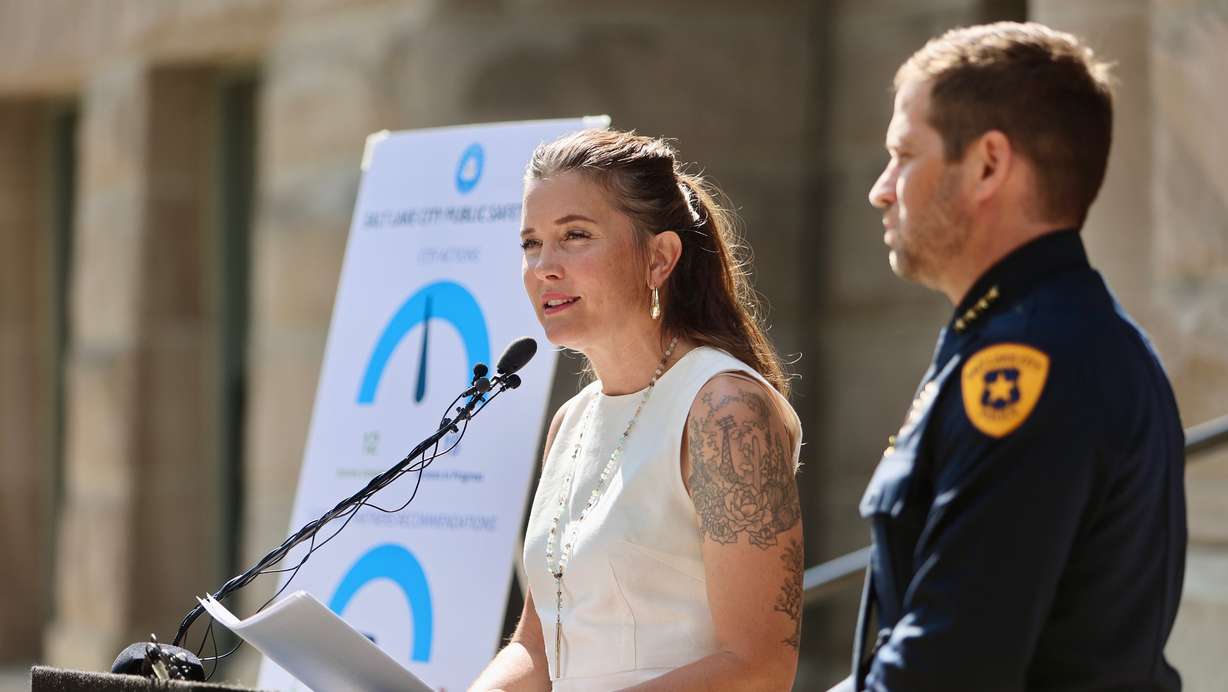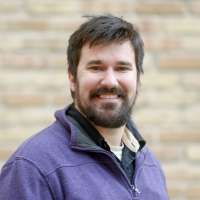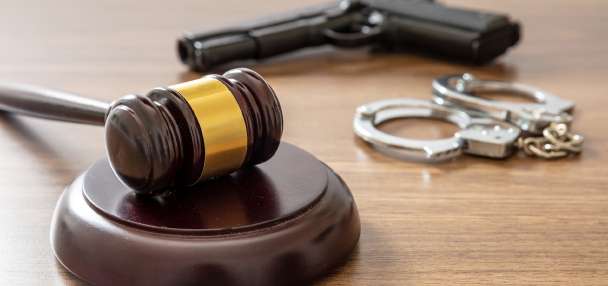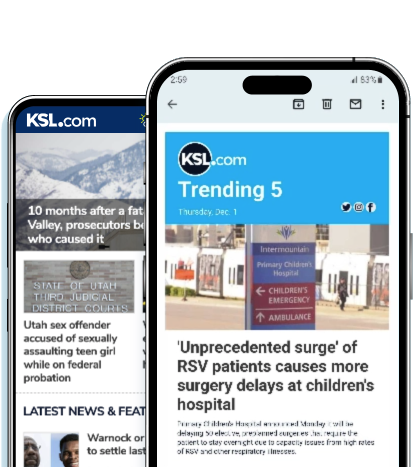- Gov. Spencer Cox praises Salt Lake City's safety progress but emphasizes more work ahead.
- Crime rates have decreased citywide, but violent crime has increased.
- Cox and Mendenhall urge collaboration, with Cox denying the city is working alone.
SALT LAKE CITY — Gov. Spencer Cox says he's pleased with the progress that Salt Lake City has made since it released a public safety plan earlier this year, but he disagrees that the city is working alone on key issues.
"We are seeing a difference," he said, during his monthly briefing with Utah reporters Thursday, while also commending Salt Lake City Mayor Erin Mendenhall, Salt Lake City Police Chief Brian Redd and other city staff for their "incredible work" since the plan was released in January.
Overall crime rates have decreased this year, and there has been an increase in law enforcement presence in public places, such as the Jordan River Parkway Trail, the governor acknowledged. Yet, he says there's still room for improvement.
"In some of our parks, it's still a little hit and miss. It is getting better — we're seeing families starting to come back in some of those parks. (There's) still a lot of work to be done," he added.
Cox spoke on the issue a day after Mendenhall and Redd provided an update on the city's public safety plan, which was released in response to pressure from the governor and other state leaders. They penned a letter the month prior, calling on the city to address policing and criminal justice "inadequacies."
Salt Lake City has completed 12 of the 27 strategies outlined in the plan, city leaders said Wednesday. These include emergency shelter options, affordable housing, drug crackdowns and more access to mental health and addiction resources.
City leaders also included funding for private security for the Jordan River Parkway Trail and high-use parks in this year's budget. Public safety cameras and additional lighting were included in some areas. The city reopened a section of the trail last week after it had been closed for months due to several concerns, including crime. A section of the trail was rerouted to improve public safety.
Overall crime is down 1.3% from this point last year and 11.5% from the three-year average, according to Salt Lake police data. However, violent crime is up 8.5% from last year and 0.6% from the three-year average. The highest increases are tied to domestic violence and rape.
Target areas such as the Ballpark neighborhood have seen mixed results so far. Overall crime is up 10% in that neighborhood compared to last year, but it's down about 7% from the three-year average.

Still, there has been "tremendous progress" made since the plan was released, Mendenhall said. She pointed out that the city ended last month on an eight-year low in crime, which offers hope. She added that there is still more work to do, but voiced frustration that few of the 23 policy recommendations outlined in the plan have been adopted by state leaders.
"We cannot keep doing this alone," she said. "This crisis demands sustainable, long-term funding from the state to meet the scale of this challenge in the fastest-growing state in this nation."
Cox disagreed with that notion Thursday, asserting that Salt Lake City is "not doing it alone." He said the state is spending more on helping cities and counties deal with housing, homelessness and addiction issues than it likely ever did in its first 100 years of existence.

He does agree that more needs to be done to address those issues, which he believes will happen.
"I do think there will be more of a willingness to prioritize funds as they see real action happening in the city, where we see changes being made in the city, where we see enforcement actually happening," he said. "It does take all of us working together."
Cox said he also feels better about the city's situation than he did when state leaders sent Mendenhall the letter late last year.
"I'm more optimistic now than I have been in a long time that we'll get there over the next couple of years," he said.









